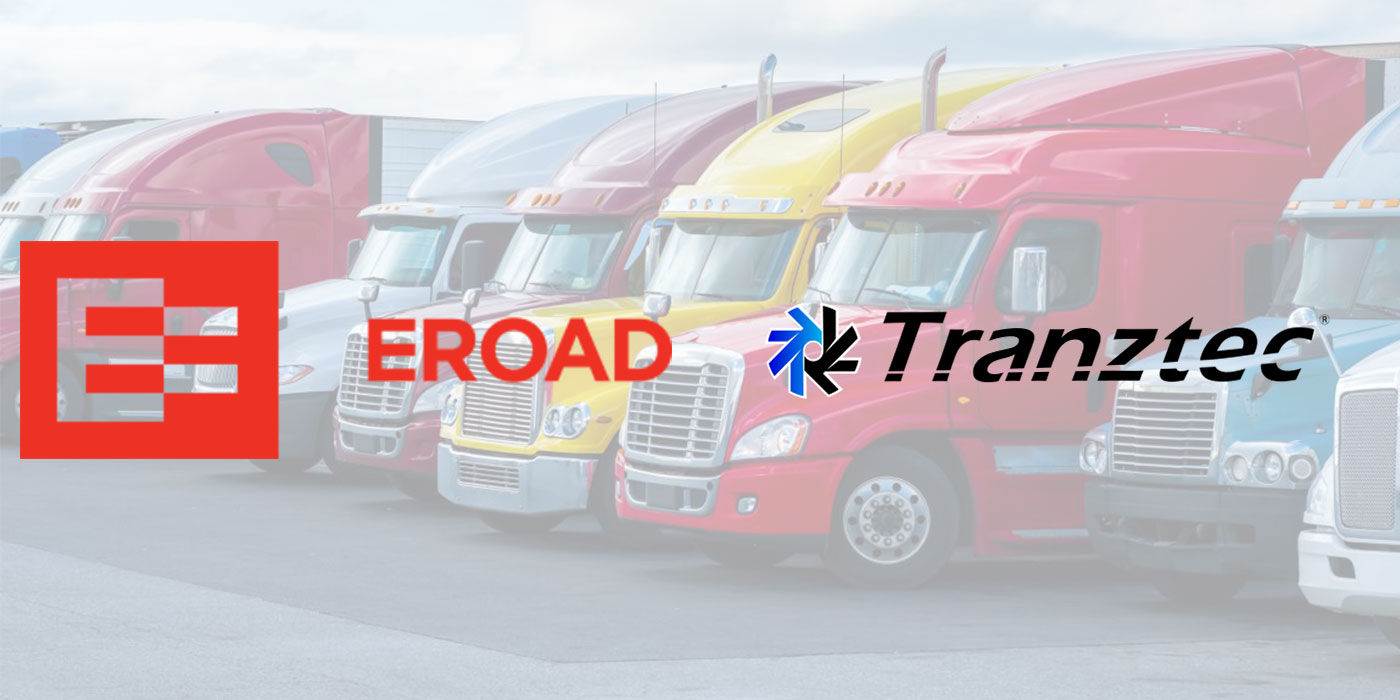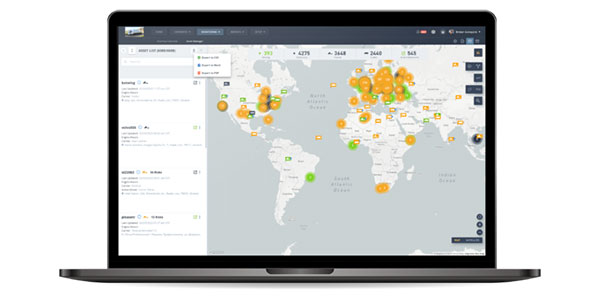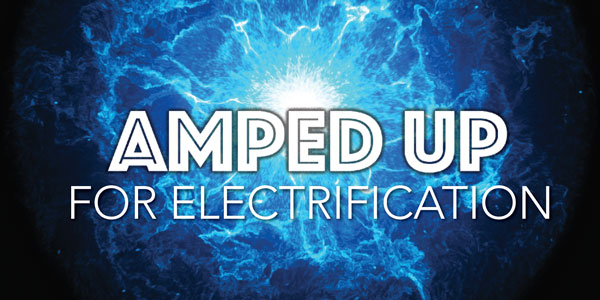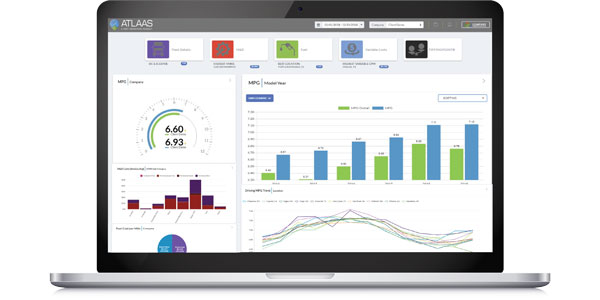The volume of data that has to be managed today by transportation companies poses a significant challenge. “The dissimilar methods in which data is delivered has caused the need to re-task personnel, turning staff members into human data translators,” says Terry Wood, vice president of business development and technology at Intelek Technologies Corp. “Where Electronic Data Interchange (EDI) shines is in allowing for standardized data exchange. Once EDI capabilities are in place, you can exchange data seamlessly and automatically, internally and with customers.
“Every data source is another silo of information that keeps you from getting a full view of your enterprise,” Wood continues. “Redundant data entry also prevents streamlining of internal business processes because it hampers information exchange between different groups. Standardized, valid data allows companies to compete effectively.”
Matt Ruth, vice president of professional services at TMW Systems, points out that EDI is a valuable tool for trucking companies because it enables automation that leads to more effective business decisions. “With accurate, common data,” he says, “carriers can build intelligence they need to make effective decisions.”
For example, they can automate load acceptance processes based on established parameters or automatically set aside load tender requests requiring further evaluation. Shipment status updates, GPS-triggered location arrivals and departures, and billing processes can all be automated with EDI. Also, when human intervention does not have to occur, the number of keystrokes is reduced and data accuracy is improved, cutting administrative time and costs.
A key to any successful EDI implementation is integration with enterprise management systems. TMW, Ruth reports, has designed its solutions to use EDI in support of workflow processes. “We’re building the system around EDI so it can be effective throughout the lifecycle of each order,” he adds.
McLeod Software‘s EDI engine also is a fully integrated part of its dispatch and trucking software systems. The configurable engine allows users to use either Value Added Networks (VANs) or direct connections on a case-by-case basis, which allows customers to implement EDI without incurring the cost of a VAN.
“Trucking companies have varying levels of proficiency with EDI,” TMW’s Ruth states. “Some have made a substantial investment in EDI while others outsource, use a VAN for data exchange and an enterprise system or EDI solution supplier serve as their in-house department.
EDI also is quickly becoming a requirement of shippers. Through web-based portals, these companies can have instant access to accurate, up-to-the-minute load information, a capability that enhances their productivity. Additionally, they can use EDI to develop a scorecard detailing the service quality and efficiency of their carrier partners.
Solutions such as Intelek’s new EDI Transportation Suite for transportation operations, notes Terry Wood, are cost effective because they reduce IT issues, improve staff productivity and enhance profitability. “We also understand that no two freight carriers are the same,” he says, “so we design flexibility with universal communication tools and the ability to pull information in any format and deliver it back in any format.
“EDI is about data standards,” Wood continues, “but there is nothing standard about EDI data. Systems that can standardize what is traditionally non-EDI data provide better visibility, and any time you can automate a process, it results in greater accuracy and a quicker path to enhanced productivity, efficiency and customer satisfaction.”













